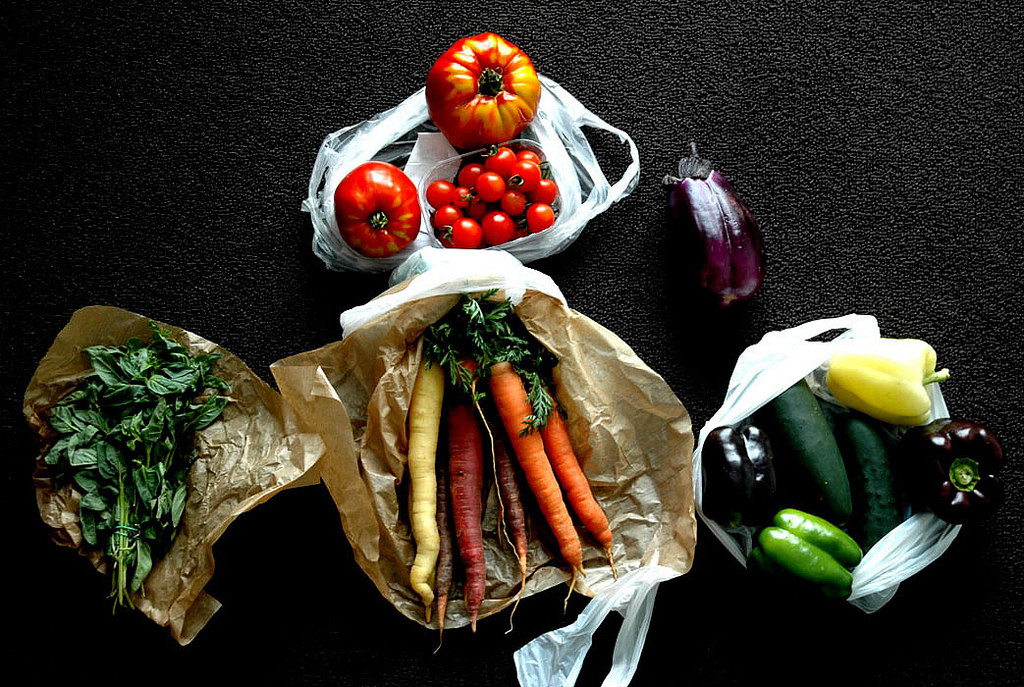Please note: This article originally appeared on ProHealth on December 21, 2016

Photo credit to William Ismael
Yeast overgrowth is a common concern for Lyme patients who undergo long-term antibiotic therapy and certain herbal antimicrobial treatments. While numerous antimicrobials can affect the delicate balance of the gut flora, broad spectrum medications like amoxicillin, minocycline, doxycycline, and clarithromycin (just to name a few) pose the greatest risk of destroying healthy intestinal microbiota allowing yeast to flourish. One such yeast you’ve probably heard about is Candida.
Certain levels of Candida are a natural and ordinary part of the flora in the intestinal tract. When Candida levels are healthy, they aid in the absorption of nutrients, guard the intestinal tract against other pathogens, and support the immune system. However, when Candida levels become imbalanced and overwhelm the body–a condition known as dysbiosis–you may experience a whole buy carisoprodol europe host of symptoms in addition to those associated with Lyme disease.
Although it can be a challenge to distinguish the symptoms of Candida overgrowth from the complex expression of Lyme disease, some signs that your body is battling an upsurge of yeast include: digestive disturbances, bloating, fatigue, inflammation, hormonal imbalances, mood swings, brain fog, vaginal yeast infections and itchy skin. In fact, yeast overgrowth can lead to a spike in inflammatory cytokines–potent inflammatory chemicals in the body–leading to a worsening of many of your Lyme symptoms. Food allergies and sensitivities may also develop as a result of this imbalance in your body.
The majority of Lyme patients are likely to encounter Candida overgrowth at some point during their treatment. Using a combination of prescription medications (when necessary), anti-fungal herbs, and dietary changes, you can bring balance back into your intestinal tract. As naturopathic doctor and Lyme expert Dr. Nicola McFadzean says, “Since the gut has its own immune and neurological systems, keeping the natural ecology in balance is key.” Below are six ways to help keep Candida in check throughout your Lyme treatment.
1. Limit your intake of sugar.
Sugar and substances that break down into sugar in the body are foods that fuel yeast overgrowth. To control yeast, you’ll want to eliminate your intake of sugar as much as possible–including both simple and complex carbohydrates, alcohol, and fruit. If you’re waging an ongoing war with Candida, you might need to remove these items completely from your diet. While this step is not always an easy one to take, it’s one of the best ways to strengthen your immune system.
2. Add fermented foods to your diet.
In a previous article called, Six Things You Can Do To Improve Your Gut Health When You Have Lyme Disease [http://www.prohealth.com/library/showarticle.cfm?libid=29182], I discuss the benefits of increasing your intake of fermented foods. Foods like sauerkraut, kombucha, pickles, and kefir are gut-friendly nourishment that support intestinal health. Fermented fare provides your body with essential probiotics, enzymes, and vitamins that can help shield you from a whole host of pathogens.
3. Take a quality probiotic.
Probiotics are beneficial bacteria that restore and replace the healthy gut flora that been destroyed by long-term treatment. The dose of probiotics and the brand you’ll want to take will differ depending on your doctor and your protocol. However, they are a must-have supplement for anyone going through Lyme treatment. Additionally, they aid in digestion and help your body assimilate the nutrients that you take in.
To find the probiotic that’s right for you, it’s best to ask your physician for advice. They may have a preferred brand they want you to take.
4. Don’t forget about Saccharomyces boulardii.
Sacc what? Don’t worry. It’s known as Sacc B. for short. Sacc B is a beneficial yeast that functions as a probiotic in the body (surprisingly, not all yeasts are bad). Like the helpful bacteria mentioned above, this organism also contributes to defending the gut against disease-causing bacteria and yeast. Studies suggest that Sacc B might be useful for managing Clostridium difficile (C-diff)–a dangerous gastrointestinal infection that can be brought on by the overuse of antibiotics. One such study, entitled “Influence of Saccharomyces boulardii CNCM I-745 on the gut-associated immune system” was published in Clinical Experimental Gastroenterology in September, 2016. Many other similar studies show that Sacc B may support GI health in those with irritable bowel syndrome, as well as in those with urinary tract conditions–among other conditions that are relevant to Lyme patients.
5. Try herbal remedies.
In addition to dietary changes and probiotics, your doctor might decide to place you on a combination of natural anti-fungal treatments to correct yeast overgrowth. Herbs like garlic, olive leaf extract, pau d’arco, caprylic acid, oregano oil, and grapefruit seed extract may help support a healthy balance of yeast in the gut; they are sometimes used alone or in a combination Candida support formula. Be sure to consult with your doctor before adding any herbal remedies to your protocol. Certain ones may interact with your medications.
6. If the problem persists, there are prescription medications.
Anti-fungal medications like nystatin and fluconazole are commonly prescribed for treating yeast overgrowth. Nystatin is generally safe and efficient at killing yeast in the gut without toxic or harmful side effects. Fluconazole is a more potent medication, and it’s used when there’s a more serious or systemic problem with Candida. Some medications, including antibiotics and herbal remedies, may interact with this drug, so let your doctor know what you are taking before you begin fluconazole.
With a combination of lifestyle and diet changes, natural treatments, and prescription medications, symptoms associated with elevated Candida levels may greatly improve.
References:
Balch, J.F., & Stengler, M. (2004). Prescription for Natural Cures. Hoboken, NJ: John Wiley & Sons.
Crook, W. (2005). The Yeast Connection And Women’s Health. Jackson, TN: Professional Books, Inc.
McFadzean, N. ( 2010). The Lyme Diet. South Lake Tahoe, CA: BioMed Publishing Group.
Teitelbaum, J. (2007). From Fatigued to Fantastic. New York, NY: The Penguin Group.
